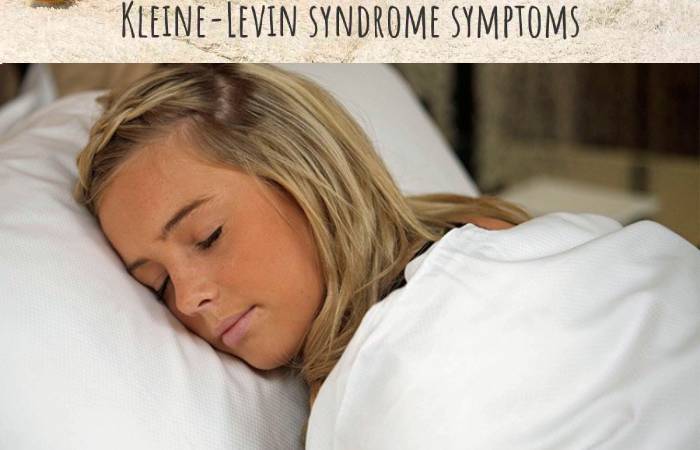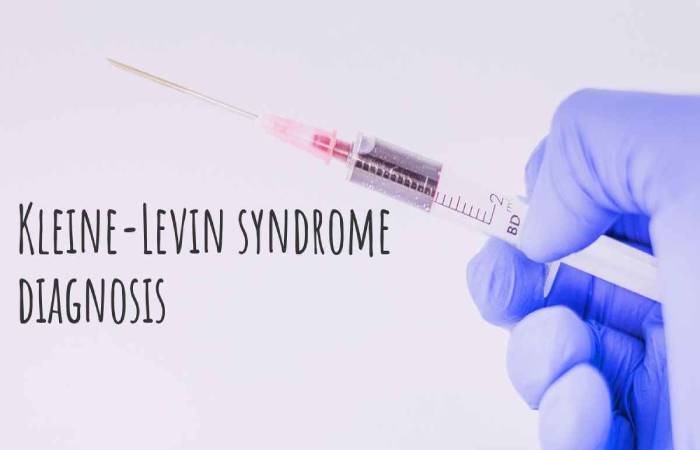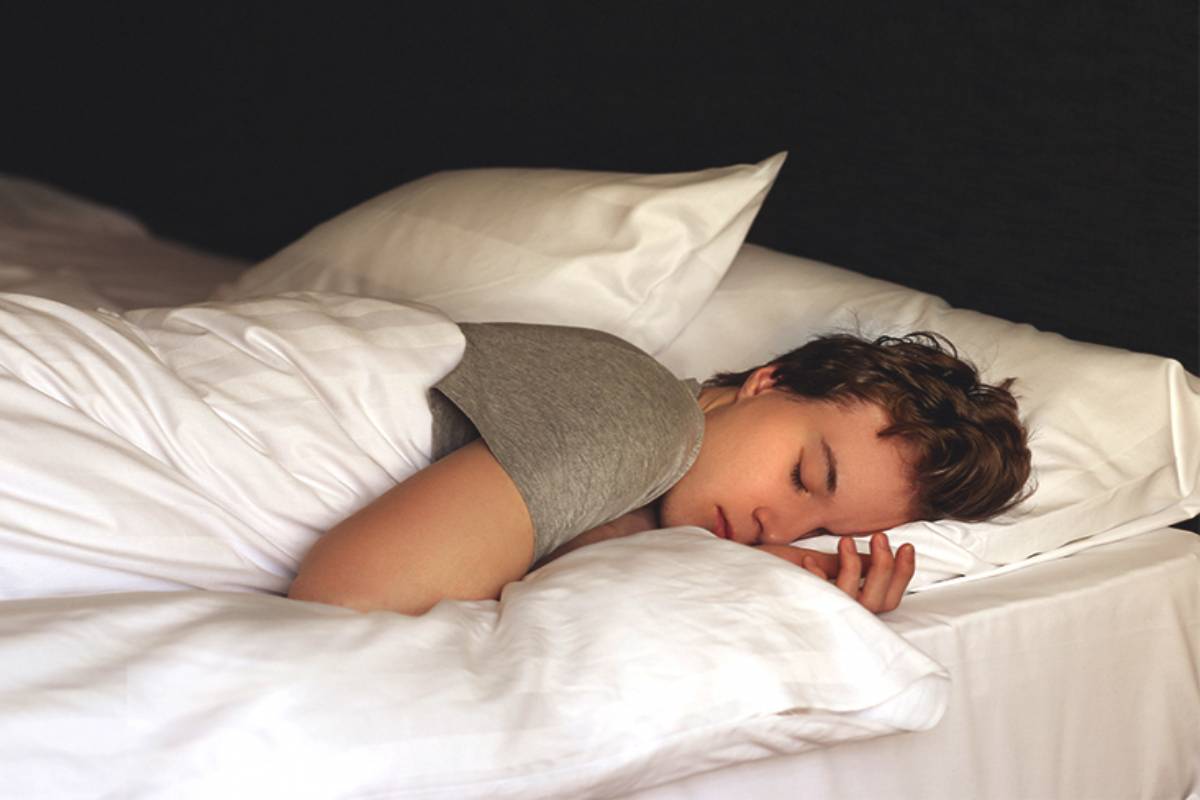Table of Contents
What Is Kleine-Levin Syndrome (KLS)?
Kleine-Levin syndrome, also sometimes mentioned as Sleeping Beauty syndrome, is a rare neurological disorder that involves episodes of excessive sleep and altered behaviour.
During these episodes, affected persons often sleep for up to 20 hours per day and cannot meet their everyday life’s work and social strains. These episodes typically last for a few weeks. Then the individual revenues to near-perfect health until the start of the next episode.
Kleine-Levin syndrome usually gifts in adolescence; however, symptoms can begin at any age reaching from childhood to adulthood.
This condition touches more males than females, with approximately 70% of Kleine-Levin patients being male. However, the females who are involved tend to have a longer course of disease than men.
Symptoms of Kleine-Levin Syndrome

An individual with Kleine-Levin syndrome experiences periodic incidents of changed sleep habits and behaviours. Between these episodes, patients do not sign any symptoms and seem to be in otherwise perfect health.
During an incident of Kleine-Levin syndrome, the patient becomes very tired and sleeps throughout the night and most of the day, known as hypersomnolence. In many cases, persons sleep continuously and wake up only for short periods to eat or go to the bathroom, considerably disrupting their professional or social life.
Additional typical symptoms of Kleine-Levin syndrome may include:
- Childlike or “spacey” demeanour;
- Confusion and disorientation;
- Lethargy and fatigue;
- Lack of emotions and focus;
- Photosensitivity and photosensitivity;
- Compulsive hyperphagia (food cravings);
- Hyper-sexuality.
Symptoms during a chapter may last for a few days but can continue for several months in some cases, inhibiting normal daily activities. These symptoms will eventually resolve impulsively for a while until another episode begins suddenly sometime later.
Kleine-Levin Syndrome: Palm Beach Gardens teen has a rare disorder that makes him sleep for weeks
Diagnosis of Kleine-Levin Syndrome

The diagnosis of Kleine-Levin syndrome is usually late for several years after the presentation of the first episode, as initially, the symptoms attributed to other sleeping disorders.
There is a distinctive design in Kleine-Levin syndrome, which occurs in distinct periodic episodes that sets the disorder apart from other sleeping disorders.
The diagnostic criteria of KLS are recurring episodes of severe hypersomnia (2-31 days), interspersed with long periods of regular sleep habits, cognition, mood, and behaviour.
- During attacks, affected individuals will also exhibit at least one of the following symptoms:
- Cognitive abnormalities (e.g. confusion or hallucinations);
- Abnormal behaviour (e.g. irritability or aggression);
- Binge eating;
- Hyper-sexuality;
- The diagnosis of KLS should differentiate from other cyclic hypersomnia disorders.
- Such as premenstrual condition in adolescent women, and encephalopathy, recurrent depression, and recurring psychosis.
Prevention of Kleine-Levin Syndrome
- There is no specific treatment for the stoppage of KLS episodes. As a consequence, watchful waiting is typically the recommended approach rather than pharmacotherapy.
- During an episode, medications may recommend managing excessive sleepiness symptoms.
- This may comprise stimulant medications, such as modafinil, amphetamines, or methylphenidate.
- However, these medications cannot effectively improve cognitive abnormalities and are associated with specific side effects such as irritability and other mood changes.
- Other pharmacotherapy options that sometimes recommend include lithium and carbamazepine.
- These drugs have suggested for use due to the similarity in symptoms between KLS and other mood disorders.
- Therefore, these agents may effectively prevent or prolong the period before the initiation of another episode.
- Additionally, some alternative pharmacological treatments currently use to test the response of an individual.
- This includes phenytoin, an anticonvulsant medication that has appeared to precipitate a positive reaction in some patients.
What are the Causes of Kleine-Levin Syndrome (KLS)?
- The careful cause of KLS is unknown, but some doctors trust certain factors can increase your risk for this condition.
- For example, KLS may arise from a wound in the hypothalamus, the part of the brain that panels sleep, appetite, and body temperature.
- Possible damage could be falling and hitting your head, although more research needs to confirm this link.
- Some people develop KLS after an infection like the flu.
- This has led some investigators to believe KLS may be a kind of autoimmune disorder.
- An autoimmune disease is when the body’s immune system bouts its healthy tissue.
- Some incidents of KLS may also be genetic.
- There are cases where the disorder affects more than one person in a family.
Conclusion
Your outlook depends on the harshness of your symptoms. Symptoms generally decrease with each passing year, leading episodes to become more mild and infrequent.
Although KLS symptoms can appear and disappear over many years, your symptoms can disappear one day and never return. People with KLS typically consider being “cured” when they haven’t had an episode for six or more.

